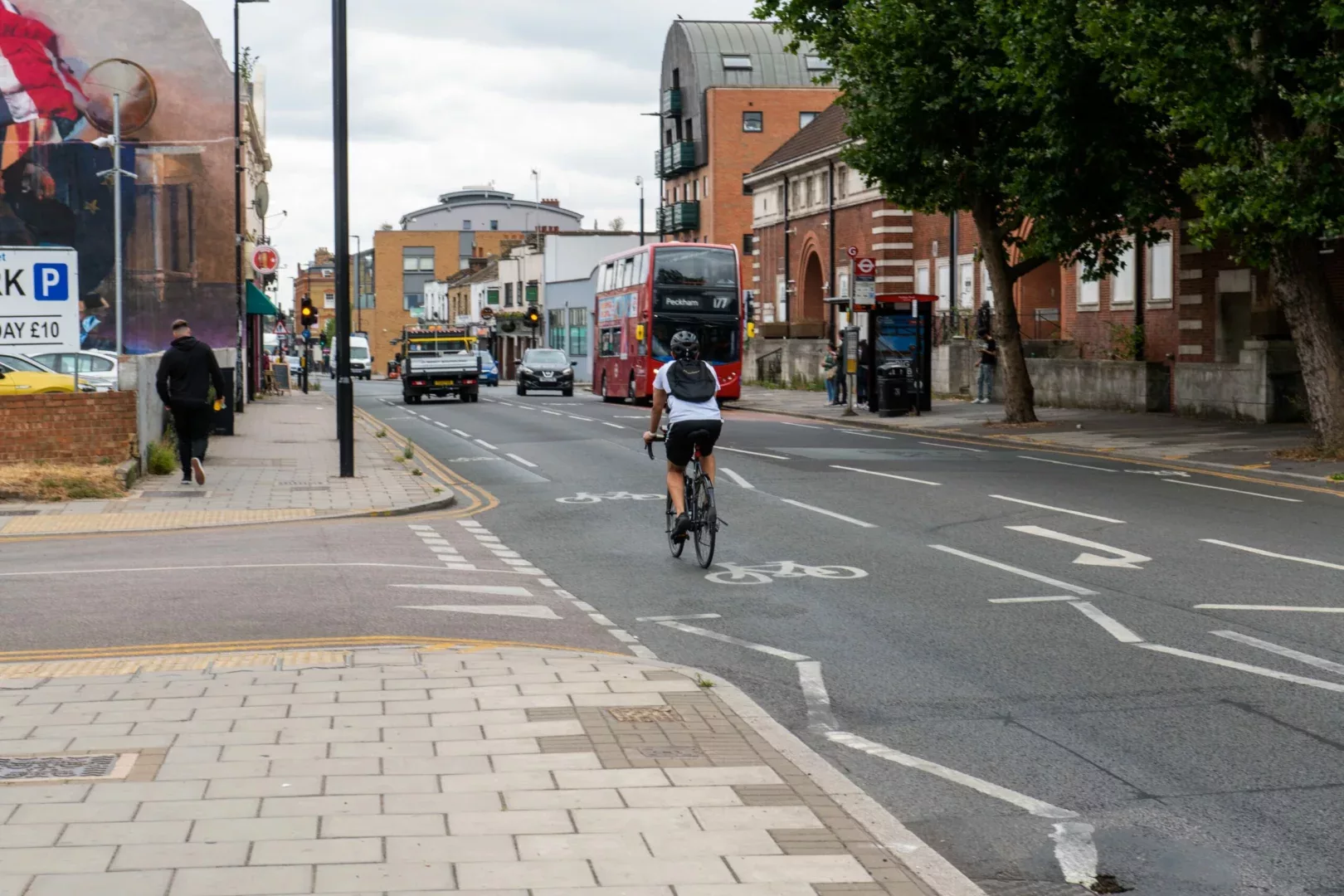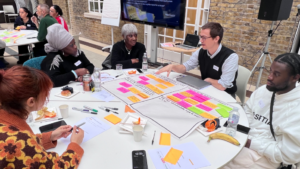The Royal Borough of Greenwich will be investing £3.1 million to improve its transport network and make it cleaner, safer and healthier.
The funding, including £1 million of the Council’s own budget and £2.1 million from Transport for London (TfL), will support the delivery of a number of key transport priorities over the next year, identified in the Council’s new Transport Strategy, including:
- improvements to pedestrian and cycle infrastructure to encourage people to walk, cycle and wheel more
- tackling traffic and improving air quality by introducing traffic management schemes in neighbourhoods where residents have reported serious congestion and safety problems
- introducing 20mph speed limits, Controlled Parking Zones (CPZs) and School Streets in priority areas
- implementing emissions-based parking charges to reduce emissions and encourage more sustainable travel
- delivering free cycle training and a ‘try before you bike’ scheme, run with Peddle My Wheels
- and much more.
Councillor Averil Lekau, Deputy Leader and Cabinet Member for Climate Change, Environment and Transport, said: “We’re committed to creating a world-class transport network that enables our residents, businesses and visitors to make the most of all the opportunities offered throughout Royal Greenwich – giving people access to housing, jobs, leisure, education and culture.
“How we move through our borough is also key to our long-term health and wellbeing. The easier we make it to walk, cycle and move around, the healthier we will all be. As we reduce traffic and fumes, we’ll make our air cleaner to breathe too.
“All the transport projects we have in the pipeline essential to our push to become carbon neutral by 2030.”
The Council is currently considering options for traffic management measures in west and east Greenwich, where many local residents have reported concerns about congestion, poor air quality and road safety. Over 5,000 comments and suggestions have been received from local residents and businesses online and at two public events in the first phase of consultation undertaken in February and March.
Together with data on traffic conditions in both areas, this feedback will be used to help design measures that will create a safer, greener transport network for the local community. Following further consultation on the designs, we plan to trial these measures later in 2023 and there will be more opportunities to give feedback during the proposed trial.
Following other local consultations, a CPZ has been introduced in Eltham and officers are working on proposals for a zone in Abbey Wood. CPZs help to protect parking for residents, businesses and their visitors, and are particularly important in areas around train stations, shops and hospitals where demand for parking is high. They restrict on-street parking during peak hours, reducing traffic and encouraging greater use of public transport.
The Council is improving public spaces in Greenwich town centre to encourage more walking and cycling, as part of the Liveable Neighbourhoods scheme. This is one of only five Liveable Neighbourhoods that TfL has funded this year, as it forms a key part of London and Greenwich’s transport network. The work will complement improvements to cycle routes between Greenwich and Woolwich.
We’re also making significant progress on proposals for the extension of the DLR to Thamesmead, via Beckton Riverside, to support new housing and improve access to jobs. The Council is working with partners including TfL, the GLA, Newham Council and local landowners to develop a business case for the project which would transform the east of the borough.
The Transport Strategy was formally adopted in October 2022, following a consultation which received over 6,400 comments and suggestions from people all over the borough.
The Council is seeking further funding to deliver more projects and will continue to work closely with residents, businesses and community groups. Projects such as traffic management schemes, School Streets, 20mph zones and CPZs will all be subject to further engagement with the local community and stakeholders. This will help us to help prioritise where such schemes are introduced and ensure that they have the most benefit for the borough.






















